
-
Find the right food for your pet
Take this quiz to see which food may be the best for your furry friend.
Find the right food for your pet
Take this quiz to see which food may be the best for your furry friend.
Featured products
 Adult Healthy Cuisine Roasted Chicken, Carrots & Spinach Stew Dog Food
Adult Healthy Cuisine Roasted Chicken, Carrots & Spinach Stew Dog FoodDelicious roasted chicken paired with tender vegetables in a succulent stew
Shop Now Adult 7+ Perfect Digestion Chicken, Whole Oats & Brown Rice Recipe Dog Food
Adult 7+ Perfect Digestion Chicken, Whole Oats & Brown Rice Recipe Dog FoodScience Diet's breakthrough nutrition supports ultimate digestive well-being & healthy microbiome for dogs age 7+
Shop Now Small & Mini Savory Stew with Chicken & Vegetables Dog Food
Small & Mini Savory Stew with Chicken & Vegetables Dog FoodA delicious complement to the nutrition of Science Diet Small & Mini 7+ dog food
Shop NowFeatured products
 Adult 7+ Senior Vitality Chicken & Vegetable Stew Cat Food
Adult 7+ Senior Vitality Chicken & Vegetable Stew Cat FoodImproves Everyday Ability to Get Up & Go
Shop Now Adult Savory Entrée Can Variety Pack Cat Food
Adult Savory Entrée Can Variety Pack Cat FoodPrecisely balanced nutrition with the delicious taste of savory minced chicken to help fuel the energy needs of cats during the prime of their life
Shop Now Adult 7+ Tender Tuna Dinner Cat Food
Adult 7+ Tender Tuna Dinner Cat FoodWith delicious chunks in a decadent gravy
Shop Now -
Dog
- Dog Tips & Articles
-
Health Category
- Weight
- Food & Environmental Sensitivities
- Urinary
- Digestive
- Joint
- Kidney
-
Life Stage
- Puppy Nutrition
- Adult Nutrition
- Senior Nutrition
Cat
- Cat Tips & Articles
-
Health Category
- Weight
- Skin & Food Sensitivities
- Urinary
- Digestive
- Kidney
-
Life Stage
- Kitten Nutrition
- Adult Nutrition
Featured articles
 Does My Pet Hate Me?
Does My Pet Hate Me?Learn tips for bonding with your pet if you've ever thought, 'My dog doesn't like me, or 'Why do I have a standoffish cat?'
Read More Why Are Dogs and Cats So Cute?
Why Are Dogs and Cats So Cute?If waggy puppy dog tails and furry kitten yawns make you swoon, you're not alone. Why are cats so cute? And, dogs too! Let's find out!
Read More Do Dogs and Cats have Belly Buttons?
Do Dogs and Cats have Belly Buttons?Learn whether cats & dogs have belly buttons like humans, what the function is, and if there are any health concerns associated with it.
Read More -


If you have ever experienced pink eye, you know how annoying and contagious it is. But did you know cat pink eye exists, too? Unfortunately, diagnosing and treating conjunctivitis in cats is not as easy as it is with humans. Do not use over-the-counter human products to treat your cat's pink eye. Instead, read on to learn the symptoms, causes and common treatment methods that can help your fur baby if she develops this problem.
Symptoms
This condition comes in two varieties — infectious and non-infectious. For both kinds, the Cornell Feline Health Center advises to watch out for the same symptoms:
- Redness around the eye
- Fluid in the eye
- White or yellow discharge at the corners
- Eye watering excessively
- Constant squinting or blinking
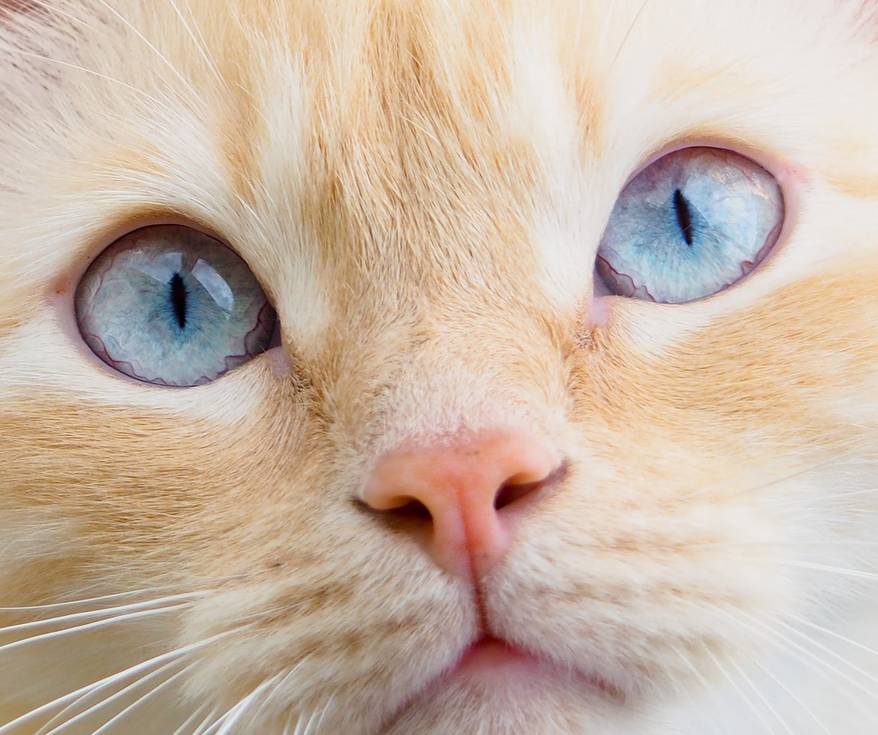
Your cat does not need to have all these symptoms to cause concern. If your cat's eye seems irritated in any way, it's time to call to your veterinarian. Only your vet will be able to diagnosis if these symptoms are definitely conjunctivitis or possibly another problem, such as a blocked tear duct. Sometimes upper respiratory infections accompany conjunctivitis. If your cat is sneezing or wheezing and also has red and watery eyes, you should take her to the vet immediately.
Conjunctivitis Causes
The infectious form of conjunctivitis is most often caused by a virus or bacteria. Viruses like feline herpes virus, also known as feline viral rhinotracheitis (FVR), can be the initial cause of inflammation, according to the journal Today's Veterinary Practice. The most common bacterial antagonist is feline chlamydophila, which can be accompanied by upper respiratory symptoms, says the ASPCA Pet Health Insurance. Bacteria like Streptococci and Staphylococci can also move in and cause an infection while eyes are weakened by a virus, notes Cat World. Once your vet determines what is causing your kitty's outbreak, they will decide the best form of treatment. The earlier you notice symptoms and get your cat seen by a vet, the better.
The non-infectious form of conjunctivitis in cats is often caused by allergens or dust particles irritating your pet's eyes, notes Pet Health Network. Environmental irritants like mold, smoke, or shampoos can also cause redness or discharge. This is why it is important to have your vet diagnose what type of pink eye your cat is experiencing or if the irritation is caused by a disease. Knowing the cause of your cat's pink eye will inform how you can treat and relieve your cat's discomfort.
Conjunctivitis Treatment
Treating your cat's conjunctivitis will take prescription medication, time, patience and probably a little help. Whether your vet prescribes an antiviral or antibiotic will depend on the cause of your kitty's problem, says the ASPCA. Your vet may prescribe eye drops or eye ointment that will need to be applied several times a day for the first few days. It may take two people to help calm your cat and get her into a position to effectively administer drops. Some antibiotics may also come in liquid or pill form.
Though you may be tempted to try a home remedy or just "wait and see," only medication will help keep the condition from getting worse and help your cat start feeling better. As your cat starts to adjust to the treatment and show signs of improving, it is important to keep following the treatment plan as prescribed and have your cat finish the full course of medication.


Tasty Tips
Can Humans Catch Cat Pink Eye?
The feline viruses and bacteria that cause pink eye in cats cannot be transmitted to humans. If you have multiple cats, however, you can accidentally transmit an infection from one fur baby to another through petting, feeding, or brushing. Even your dog can be susceptible to conjunctivitis, says PetCareRx. Carefully wash your hands and any toys or tools after caring for a sick cat, and think about keeping her in her own room for a day until you can get her to the vet.
You can also prevent pink eye from spreading by using gloves when administering topical medications. Dispose of the gloves and wash your hands immediately after treating your cat's eye, and before touching your body or even surfaces in your home. Your cat may rub bacteria from her eye onto other surfaces in the home without you realizing it, so an extra swipe around the house with a pet-safe disinfectant doesn't hurt.
Preventing Pink Eye
If your cat develops the non-infectious form of pink eye, think about what may have come into your house recently that she could be allergic to. Pollen from open windows? Harsh cleaners? A new cologne or air freshener? Try eliminating new products one by one while you're waiting for your vet appointment, and wipe your cat's eye area with a warm cloth once a day to remove dust from her eyelashes.
The hardest time to keep pink eye away is when kittens are about two weeks old and just opening their eyes, says Tufts University's Catnip. If you have a litter of kittens, be sure to check in with your vet frequently about their eye health as they grow.
Conjunctivitis in cats can come and go. However, if your cat has pink eye frequently, it may be time for your vet to look into more aggressive treatment or see if there is a serious underlying problem. In most cases, the infection will be gone in a few weeks. Seeking treatment as soon as you notice symptoms and following all recommendations from your vet will help your cat overcome conjunctivitis and get back to doing the things she enjoys most.


Chrissie Klinger is an educator, writer and mother of two children, three dogs and three cats. Her dog Jake loves sitting on her lap every chance he gets! She enjoys living an active and eco-friendly lifestyle in rural Pennsylvania.
Related products

With delicious chunks in a decadent gravy

Precisely balanced nutrition with the delicious taste of savory minced chicken to help fuel the energy needs of cats during the prime of their life

Improves Everyday Ability to Get Up & Go

Supports energy level and beautiful fur in mature cats
Related articles
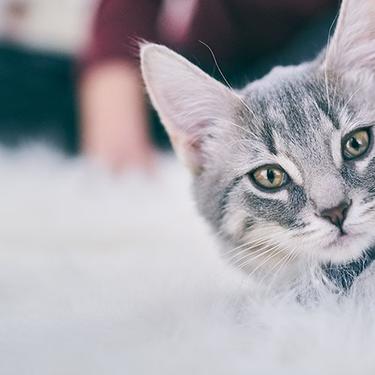
Discover the benefits of Hill's line of kitten foods and how they provide complete and balance nutrition for growing kittens.
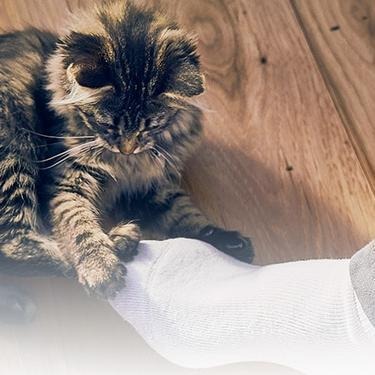
Discover which cat toys games your feline friend might like, and how they are great sources of exercise. Explore our library of articles to learn more.
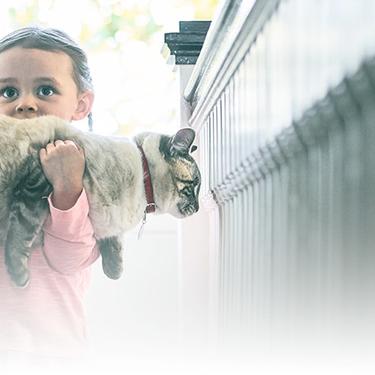
Discover how to identify cat sensitive skin and what you can do to help your cat thrive from head to paw.
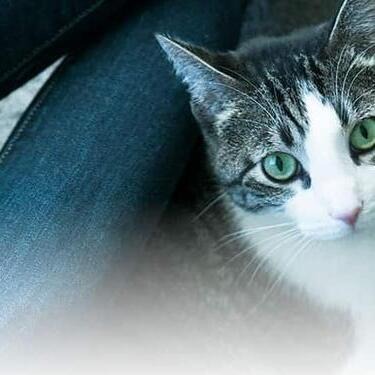
Brushing your cat's teeth is just as important as brushing your own. Learn signs or oral health problems in your cat and how to avoid them.

Put your cat on a diet without them knowing
Our low calorie formula helps you control your cat's weight. It's packed with high-quality protein for building lean muscles, and made with purposeful ingredients for a flavorful, nutritious meal. Clinically proven antioxidants, Vitamin C+E, help promote a healthy immune system.
Put your cat on a diet without them knowing
Our low calorie formula helps you control your cat's weight. It's packed with high-quality protein for building lean muscles, and made with purposeful ingredients for a flavorful, nutritious meal. Clinically proven antioxidants, Vitamin C+E, help promote a healthy immune system.

